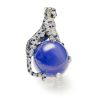
Cartier Panthère De Cartier Brooch, White Gold Cheetah Brooch
Cartier Panthère De Cartier Brooch, White Gold Cheetah Brooch
- Color: Blue
- Style: 6.0 X 3.7 X 3.0cm
- Material: Platinum, Platinum
- Gem Material: Yellow Diamond, Colorless Diamond, Sapphire
- Center Stone Weight: 152.35
- Gem Details: Single-cut Diamonds, 2 Pear-shaped Yellow Diamonds (leopard Eyes), 1 Kashmir Cabochon Sapphire (152.35 Carats), Cabochon Sapphire (cheetah Spots)
- Price: Upon request
Product Description
Cartier Panthère De Cartier Brooch, White Gold Cheetah Brooch
This feisty kitty is the Panthère brooch, made by Cartier Paris in 1940. Formerly in the collection of the Duchess of Windsor, this brooch is made in gold and platinum and set with diamonds, yellow diamonds, and sapphire cabochons. That fantastic beach ball of a gem that the panther sits on is a 152.35 carat sapphire cabochon.
- Color: Blue
- Style: 6.0 X 3.7 X 3.0cm
- Material: Platinum, Platinum
- Gem Material: Yellow Diamond, Colorless Diamond, Sapphire
- Center Stone Weight: 152.35
- Gem Details: Single-cut Diamonds, 2 Pear-shaped Yellow Diamonds (leopard Eyes), 1 Kashmir Cabochon Sapphire (152.35 Carats), Cabochon Sapphire (cheetah Spots)
- Price: Upon request
*Please note that every Cartier piece in the Coral Factory is handcrafted. As a result, carat weight and stone quantities may differ slightly from one creation to the next. Please contact us for more information.


The Cartier Panthre De Cartier Brooch White Gold Cheethah Brooch
The Cartier Panthre de Cartier Brooch White Gold Cheethah Brooch was the first piece of jewelry to feature a feline in three dimensions. This beautiful piece is a combination of diamonds, onyx, and platinum, with a 152-carat sapphire cabochon in the center.
Cartier’s most elegant feline
Inspired by nature, the Panthre de Cartier Cheetah brooch combines elegance and the power of animal beauty. The panther was first used by Louis Cartier in 1914 as a motif for his watches. Later, the feline was used in his jewels as well.
Since its debut in 1914, the Cartier panther has become an iconic fashion symbol. For its centennial celebration, the luxury French jeweler brought back the panther collection, which now includes more than fifty new pieces. The collection was inspired by hunting expeditions in Africa and Asia.
The Panthere de Cartier Cheetah Brooch features diamonds, emeralds, and aquamarines. It also includes a sculptural representation of the panther. Its elongated silhouette and intricate spotted pattern adorn this beautiful jewelry piece.
The name “Panther de Cartier” comes from a French designer named Jeanne Toussaint. This designer was an admirer of the brand, and she helped make the Panthere de Cartier collection famous. Ultimately, Louis Cartier hired Toussaint as head of the accessories department the same year he met her.
A statement-making cat – the iconic Cartier panther – is made in yellow gold. Its diamond and onyx eyes and nose are set in a lacquer setting, while its black onyx and white diamonds suggest movement.
This panther brooch was created for the Duchess of Windsor. It was the first cat brooch to feature three-dimensional elements. The panther is made of diamonds, onyx, and platinum and featured a 152-carat sapphire cabochon. This piece became very popular among fashionistas and helped the panther’s popularity.
The Panthre de Cartier Cheetah Brooch, made in 1948, is perhaps Cartier’s most elegant feline. It first made its debut in 1948, and features gold and diamond spots. A gold and diamond panther on a golf-ball-sized emerald cabochon has since sold for over PS4.5 million ($7.4 million). Its history and legacy make it one of the most sought after pieces in the world.
The elegant panther motif has been a popular motif for decades. In the 1980s, celebrities such as Pierce Brosnan and Keith Richards were wearing the brand’s panther quartz watches. Today, the panther motif has been reborn in modern jewelry, with a modern take on the original design.
Inspired by Toussaint’s nickname, the panther became a popular motif for Cartier. In 1917, Toussaint, who was known as “La Panthere” by her friends, received an onyx vanity case from Cartier. In recognition of Toussaint’s talent, the panther motif was incorporated into many pieces of jewelry and accessories.
Jeanne Toussaint’s coat made of panther fur
Cartier’s panther collection began in the early 20th century, when the Art Deco movement coincided with the fashion craze for Egyptian and Oriental designs. The first full-bodied cat appeared on a vanity case in 1919. Jeanne Toussaint, who was nicknamed “Panther,” was appointed the company’s Director of Jewellery in 1933. Peter Lemarchand, who joined Cartier in 1927, refined the panther motif and used it in various items.
Jeanne Toussaint was an avid collector of panthers. Her early pieces featured the feline in two-dimensional forms and later, three-dimensional ones. In one such example, the panther brooch designed for the Duchess of Windsor was adorned with black enamel spots and emeralds for the eyes. She was so enamored with the piece, she purchased another, and eventually had a veritable menagerie of panthers.
Cartier admired Toussaint’s refined style. She worked closely with the brand for many years and inspired them to create many of their most popular designs. She had a keen eye for detail and was influenced by other cultures.
The panther has long been associated with Cartier. The black panther was first seen in 1914 on a woman’s bracelet watch, which was adorned with white diamonds and onyx. In the same year, a painting called Dame a la Panthere depicted a woman wearing a white dress with pearls and a black panther lying at her feet. The painting is said to have been inspired by Jeanne Toussaint, who was a model for the design.
Cartier’s panther collection was inspired by the legendary French actress Jeanne Toussaint. The French-born Toussaint was a close friend of Louis Cartier and a big fan of big cats. Louis Cartier even made a panther-shaped cigarette case for Toussaint in 1917, a year after the brand first created a panther-themed watch.
Jeanne Toussaint’s father died when she was still a teenager, and her mother adopted a German lover. Her older sister ran away to Paris, while Jeanne stayed in Brussels. Jeanne eventually became a lover of the Count of Quinsonas, who was a notorious pedophile.
In 1948, Jeanne Toussaint collaborated with Pierre Lemarchand to design the first La Panthere jewel. This jewel was gold with enamel and became the most sought-after accessory for the elite. A sapphire cabochon appeared in 1949.
Picasso’s painting of the panther
Picasso’s painting of the panther is one of his most famous works. The painting was originally created in 1905 and has sold for over $50 million. The piece was previously owned by Victor and Sally Ganz, who bought it a year after Picasso’s death. The painting is now on display at the New York Historical Society.
Picasso was in the midst of a long-running battle with Matisse when he made the painting. The two artists were rivals and fought for the same audience, but Matisse was more successful than Picasso at getting attention. Picasso’s paintings have been shown in museums and art galleries around the world. Although they were different in their approaches, many art lovers have admired both works. Picasso’s painting of the panther is one of his most popular works and has been reproduced many times over the years.
Picasso’s love life was complicated. After his marriage to Fernande Olivier, Picasso was smitten with a new woman. In 1912, he was romantically involved with another woman, the neoclassical dancer Eva Gouel. However, they later separated. They had two children together, Claude and Paloma, but their relationship was tumultuous. In addition to painting, Picasso was also involved with sculpture, and donated a sculpture to the Chicago Art Institute in 1957.
Picasso’s painting of the panther is an example of a combination of modern and realism. He incorporated his love of animals into his work and used realism to represent his worldview. He also experimented with printmaking, which led to his international fame. His career in art continued to grow, and in 1956 he had his first New York retrospective. This exhibition brought in over one hundred thousand visitors in the first month. This further cemented Picasso’s reputation, and several museums in the United States vied for his works.
Picasso’s works of art are widely admired, and his impact on art history is immeasurable. His unique vision and ability to follow one’s own path have inspired other artists for years. He is unquestionably one of the greatest artists of all time. His life and works are legendary and continue to inspire thousands of admirers around the world.
Picasso’s paintings are influenced by a wide variety of influences, from his early childhood to his final years. His first paintings are more child-like, and his later work shows his artistic maturity and development. He began painting at an early age of thirteen, with a portrait of his aunt Pepa that is widely considered one of the best portraits in Spanish history. A few years later, he created a masterpiece called Science and Charity, which is widely considered to be a landmark in the development of modern art.
Picasso’s style was a mixture of classical and modern influences. During the Blue and Rose Periods, he flirted with Symbolism and developed Cubism. His avant-garde art movement changed the face of art in the 20th century and had a profound impact on architecture, music, and more.
Cartier Panthère De Cartier Brooch, White Gold Cheetah Brooch







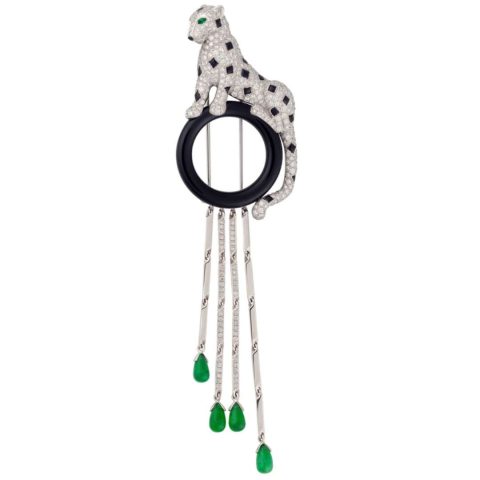


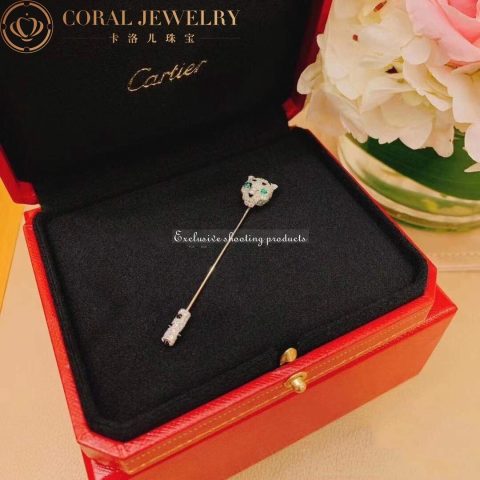
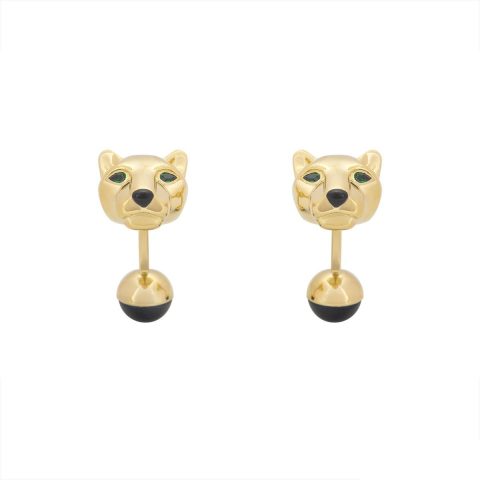
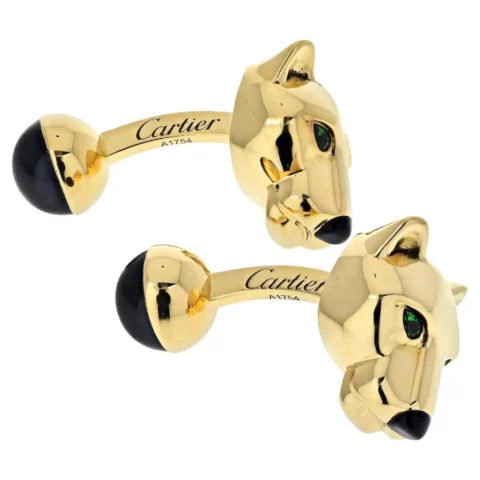
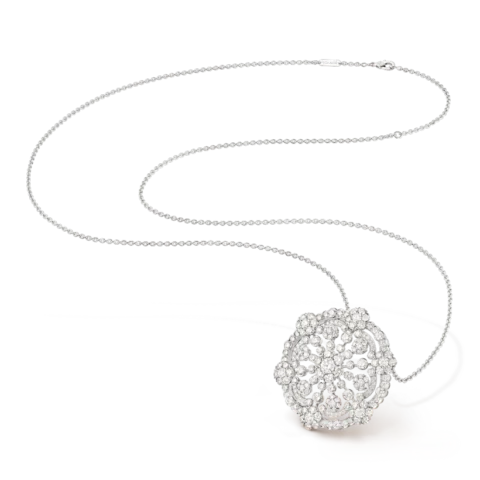
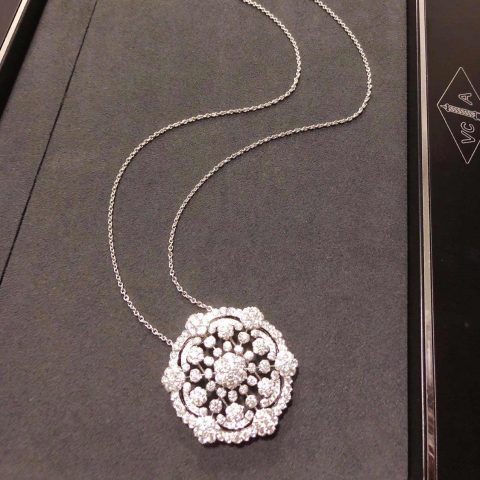
Reviews
There are no reviews yet.